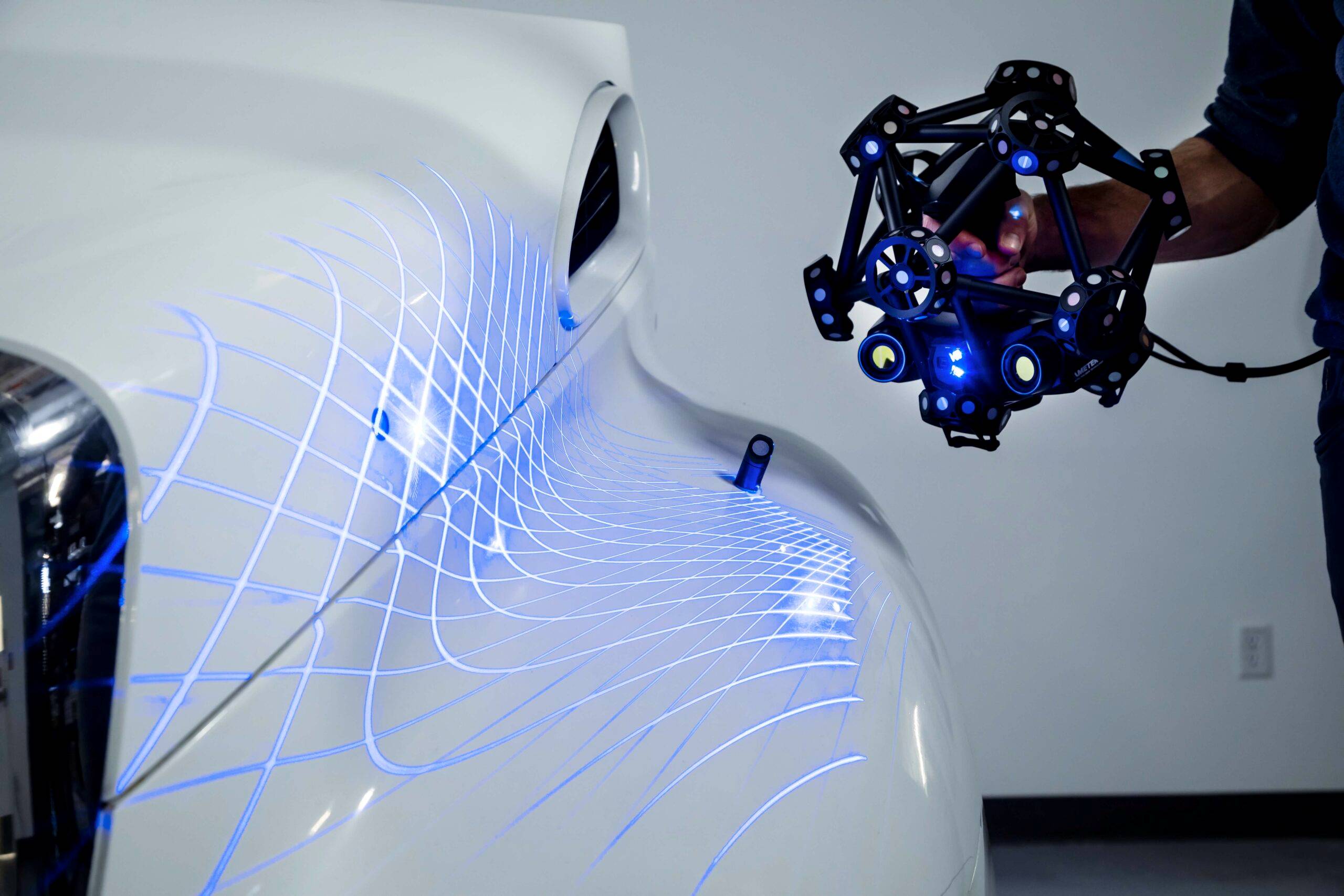
3D scanning has revolutionized how we capture and replicate objects. But what exactly is 3D scanning? 3D scanning is a process that analyzes a real-world object or environment to collect data on its shape and appearance. This data is then used to create digital 3D models. 3D scanning technology is used in various fields such as medicine, architecture, entertainment, and manufacturing. From creating detailed models of ancient artifacts to designing custom prosthetics, the applications are endless. Whether you're a tech enthusiast or just curious, these 34 facts will give you a deeper understanding of this fascinating technology.
What is 3D Scanning?
3D scanning captures the shape of an object using laser, light, or x-rays to create a digital 3D model. This technology has revolutionized various industries, from healthcare to entertainment.
- 3D scanning uses lasers, structured light, or x-rays to capture the shape of an object.
- The resulting data creates a digital 3D model, which can be used for various applications.
- 3D scanning can capture intricate details that are difficult to measure manually.
Types of 3D Scanners
Different types of 3D scanners exist, each with unique capabilities and applications. Understanding these types helps in choosing the right scanner for a specific task.
- Laser scanners use laser beams to measure the distance to the object’s surface.
- Structured light scanners project a pattern of light onto the object and measure the deformation of the pattern.
- Photogrammetry involves taking multiple photographs from different angles and stitching them together to create a 3D model.
- Contact scanners physically touch the object to measure its dimensions.
Applications of 3D Scanning
3D scanning has a wide range of applications across various fields. From healthcare to entertainment, its uses are diverse and impactful.
- Healthcare: 3D scanning is used to create prosthetics and orthotics tailored to individual patients.
- Entertainment: In movies and video games, 3D scanning creates realistic characters and environments.
- Manufacturing: It helps in quality control by comparing scanned objects to their original designs.
- Archaeology: 3D scanning preserves artifacts digitally, allowing for detailed study without physical handling.
- Fashion: Designers use 3D scanning to create custom-fit clothing and accessories.
Benefits of 3D Scanning
The advantages of 3D scanning are numerous, making it a valuable tool in many industries. These benefits range from accuracy to efficiency.
- Accuracy: 3D scanning provides highly accurate measurements, reducing errors.
- Speed: It captures data quickly, saving time compared to traditional methods.
- Detail: Scanners can capture fine details that might be missed by the human eye.
- Non-invasive: Many 3D scanning methods do not require physical contact with the object.
- Versatility: It can be used on a wide range of objects, from small artifacts to large structures.
Challenges in 3D Scanning
Despite its benefits, 3D scanning also faces several challenges. Understanding these challenges can help in finding solutions and improving the technology.
- Cost: High-quality 3D scanners can be expensive.
- Complexity: The technology can be complex and require specialized training.
- Data processing: The large amount of data generated can be difficult to process and store.
- Surface properties: Shiny or transparent surfaces can be challenging to scan accurately.
- Environmental factors: Lighting and temperature can affect the accuracy of scans.
Future of 3D Scanning
The future of 3D scanning looks promising, with advancements in technology and new applications emerging. These developments will likely make 3D scanning even more accessible and useful.
- AI integration: Artificial intelligence can improve the accuracy and efficiency of 3D scanning.
- Portable scanners: Advances in technology are making 3D scanners more portable and easier to use.
- Real-time scanning: Future scanners may be able to capture and process data in real-time.
- Increased accessibility: As technology advances, 3D scanning will become more affordable and accessible to a wider audience.
- New applications: Emerging fields such as virtual reality and augmented reality will benefit from 3D scanning.
Interesting Facts About 3D Scanning
Here are some fascinating facts about 3D scanning that highlight its versatility and impact.
- Historical preservation: 3D scanning has been used to digitally preserve historical sites and artifacts.
- Medical miracles: Surgeons use 3D scans to plan complex surgeries with greater precision.
- Art restoration: 3D scanning helps in the restoration of damaged artworks by providing detailed models.
- Space exploration: NASA uses 3D scanning to create models of spacecraft and other equipment.
- Education: 3D scanning is used in classrooms to create interactive learning experiences.
- Crime scene investigation: Law enforcement agencies use 3D scanning to document and analyze crime scenes.
- Customization: 3D scanning allows for the creation of custom-fit products, from shoes to helmets.
The Future of 3D Scanning
3D scanning is changing how we see the world. From medical advancements to entertainment, its impact is undeniable. Architects use it to create detailed building models, while archaeologists preserve ancient artifacts. Manufacturers streamline production processes, ensuring precision and reducing waste. Even in education, students engage with interactive 3D models, making learning more immersive.
As technology advances, 3D scanning will become more accessible and affordable. This means more industries will adopt it, leading to even more innovations. Imagine a world where you can scan and print objects at home or where doctors can create custom prosthetics in hours.
The possibilities are endless. Staying informed about these developments ensures you're ready for the future. Embrace the change, and watch as 3D scanning transforms our world in ways we never thought possible.
Was this page helpful?
Our commitment to delivering trustworthy and engaging content is at the heart of what we do. Each fact on our site is contributed by real users like you, bringing a wealth of diverse insights and information. To ensure the highest standards of accuracy and reliability, our dedicated editors meticulously review each submission. This process guarantees that the facts we share are not only fascinating but also credible. Trust in our commitment to quality and authenticity as you explore and learn with us.
